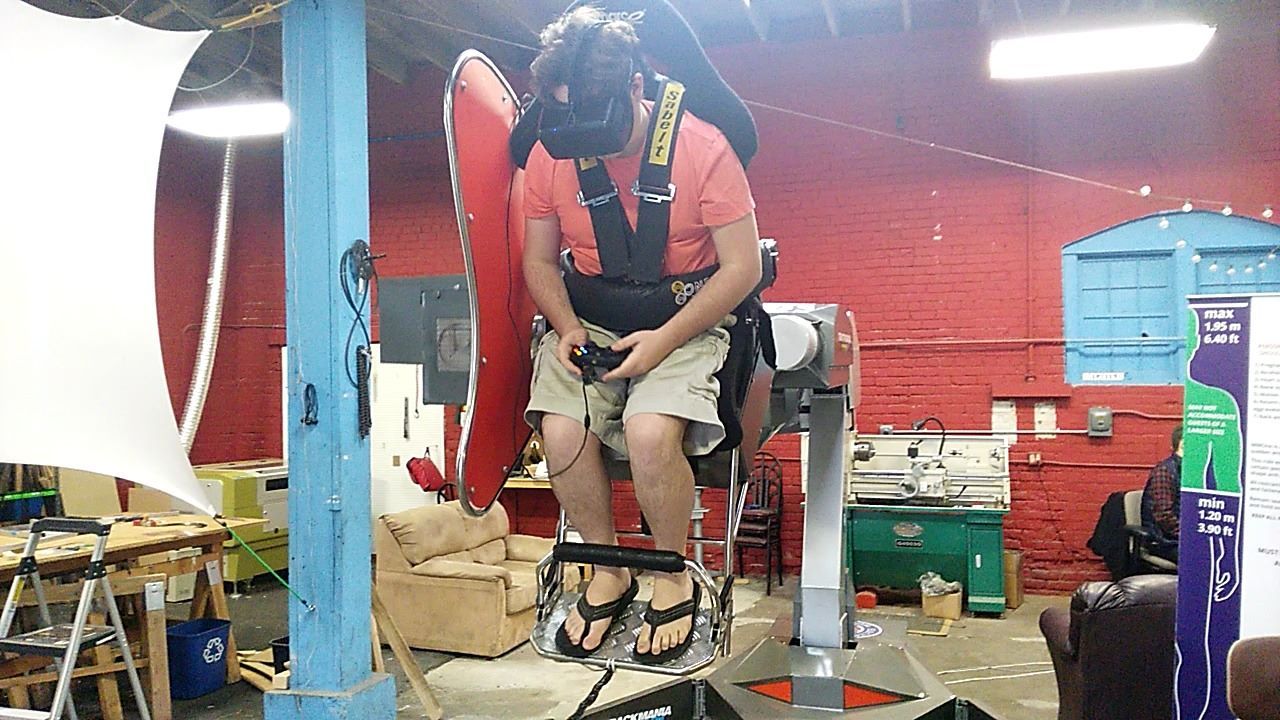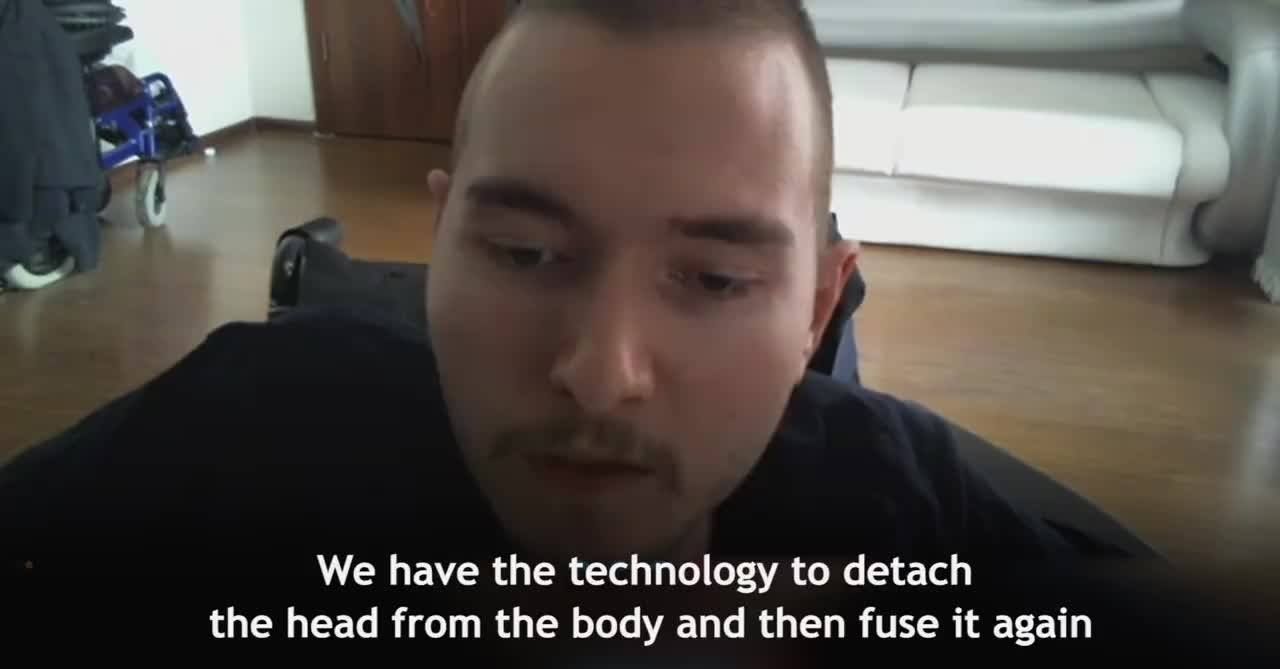Page 11799

Great #VR experience and crazy @MMOneProject rides tested by Palmer Luckey. #Oculus #OculusRift
Jan 31, 2016
First-ever head transplant in history candidate says he’s ready
Posted by Dan Kummer in category: biotech/medical

Would YOU have your body cooled to −15C, spinal cord cut, someone else’s head attached to YOUR body with special bio-glue and stay in an induced coma for 3–4 weeks?
This guy will.
#headtransplant
For more information http://www.desireforlife.org/
Jan 31, 2016
London’s first driverless cars based on Heathrow ‘pods’
Posted by Dan Kummer in categories: robotics/AI, transportation
A driverless ‘pod’ that will take to the streets of London in July will resemble the electric passenger shuttle at Heathrow Airport.
Jan 31, 2016
The Real Truth Behind the Rise of Robo-Advisors
Posted by Karen Hurst in categories: finance, information science, robotics/AI, space
Nice! Robo-advice will be accessed by investors worth $2.2 trillion by 2020, equivalent to 12% of the global retail funds.
If you’re a finance professional, the question you probably get asked most by your friends and acquaintances is “what investments they should make”? That’s the basic question that everyone with money will ask. They may ask the “financial advisor” at their bank, they may turn to Google for advice, they may ask their “friends who work in finance”, or they may listen to recommendations of people they trust. However, individuals with a high net worth will typically seek out a wealth management firm with a brand they trust. But which firm?
Try to Google “top wealth management firms” and the first 5 search results will be a comparison of the top 100 wealth management firms. That’s a very competitive space. How do you differentiate yourself from your 99 competitors who are essentially trying to so the same thing you are? One way is through the use of technology, and as a result we see the rise of “robo advisors”. Here’s the definition of a “robo-advisor” from Investopedia:
Continue reading “The Real Truth Behind the Rise of Robo-Advisors” »
Jan 31, 2016
Aviation on Mars? Airbus Perlan 2 Glider To Help Test Its Limits
Posted by Bruce Dorminey in categories: space, transportation
One of the best places to test what it will actually be like to fly in Mars’ thin atmosphere is at 90,000 feet in our own. Ironically, this summer, Airbus and partners are testing the Perlan 2 glider in part to help determine among other things just what we need to do to actually aviate through the red planet’s atmosphere. Maybe Andy Weir has a sequel in him.
By pushing the atmospheric envelope at the edge of Earth’s stratosphere, the Airbus Perlan 2 glider’s next tests should pave the way for both future aviation on Mars and Earth-based commercial hypersonic aircraft, Allan McArtor, the Chairman and CEO of Airbus Group, Inc… told me.
The Perlan 2 sailplane/glider, which had its first test flight last September in Oregon, will attempt to reach its optimal cruising altitude of 90,000 feet as early as this coming June in Argentina, says McArtor. When it does, it will be the highest that any winged vehicle, powered or otherwise has gone.
Continue reading “Aviation on Mars? Airbus Perlan 2 Glider To Help Test Its Limits” »
Jan 31, 2016
Elon Musk identifies electric aircraft, genetics and neuron scale brain computer interfaces as high potential technologies
Posted by Klaus Baldauf in categories: biotech/medical, computing, cyborgs, Elon Musk, genetics, neuroscience, space travel, sustainability
Elon Musk, CEO of Space Exploration Technologies (SpaceX) and Tesla Motors, Inc, was at Startmeup Hong Kong and talked about what he thought were areas of technological opportunity.
At 37 minutes into this video Elon Musk talks about high potential technology like Hyperloop which he currently does not have time to address electric aircraftgenetics is thorny but is our best shot at many tough diseasesbrain computer interfaces at the neuron level has potential for intelligence augmentationNeural Lace was mentioned.
Scientists from China and the US have found a pioneering way to inject a tiny electronic mesh sensor into the brain that fully integrates with cerebral matter and enables computers to monitor brain activity.
Jan 31, 2016
South Summit | Spain Start Up. OCT 5–7, 2016
Posted by Klaus Baldauf in categories: innovation, transportation
Hyperloop Technologie
South Summit is one of the leading startup conferences in Europe aimed to prove to the world the talent, the innovation and the opportunities from the South.
“The dinosaurs became extinct because they didn’t have a space program. And if we become extinct because we don’t have a space program, it’ll serve us right!”
Larry Niven, quoted by Arthur Clarke in interview at space.com, 2001.
Quotations collected by Sylvia Engdahl about why expansion into space is vital to the future survival of humankind, many of them from well-known people.













